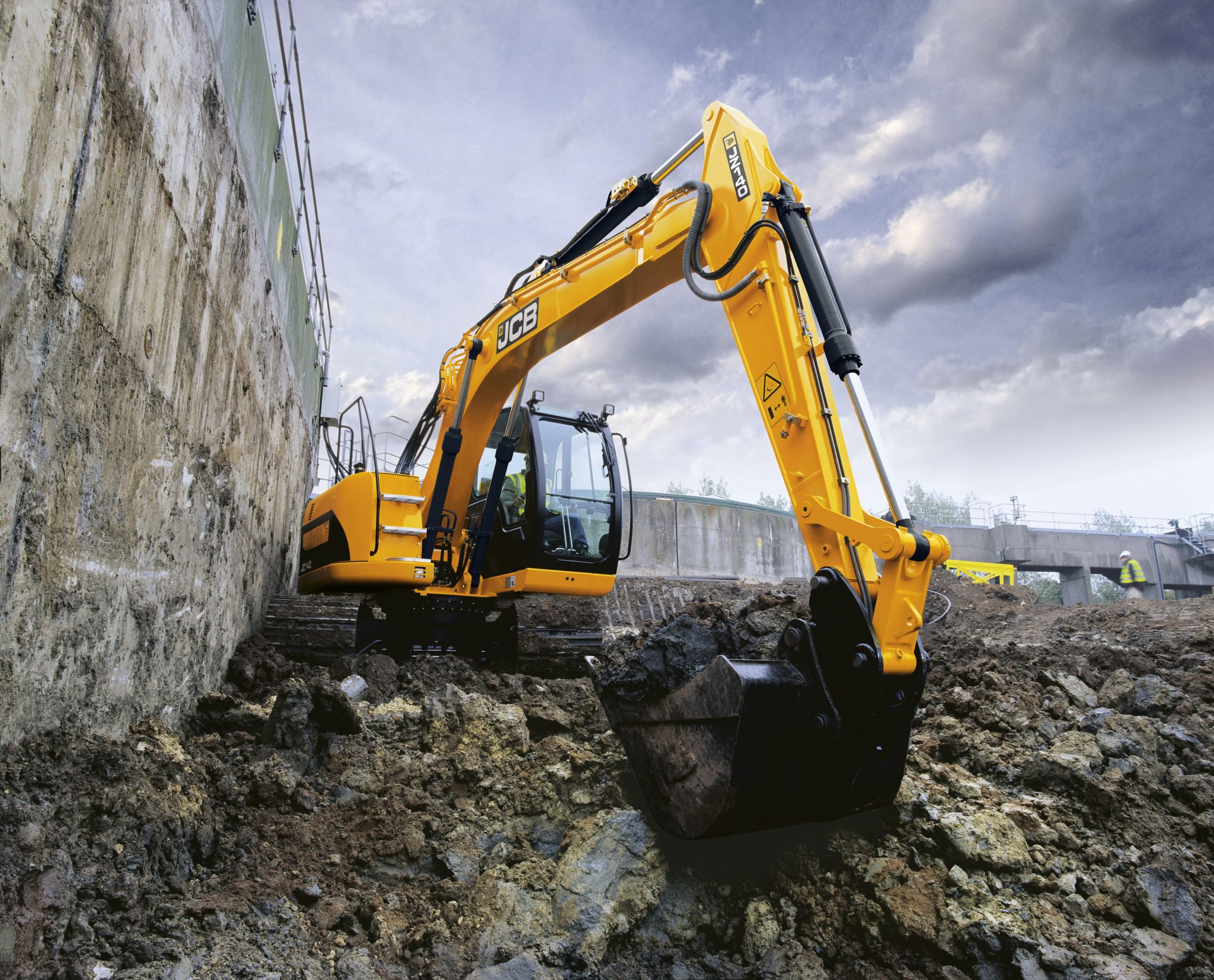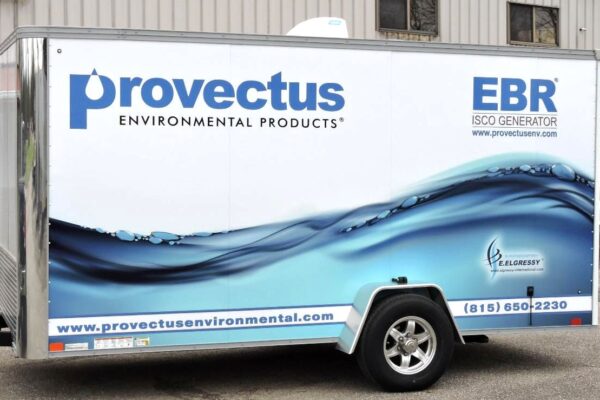After collectively remediating over 1,500 contaminated sites globally, we have found that – where practical – one of the most effective remedial solutions continues to be traditional soil excavation with site-specific amendment placement within the excavated area or, ideally, amendment placement + soil mixing within the base of the excavation. The coupling of excavation with advanced in situ remedial solutions, specifically chemical oxidation, chemical reduction and bioremediation, is certainly not a new idea. But unfortunately it still seems to be overlooked during the feasibility study phase, or in some cases, the remedial options are viewed as competing technologies instead of representing a complimentary, integrated solution. Furthermore, when excavation limits are encountered (e.g., depth of excavation, structural constraints, or off-site impacts) residual contamination may be left in-place to be addressed at a later time. This remaining contaminant mass can often be addressed at the time of initial excavation activities with the utilization of long-lived oxidants and reductants that are coupled with subsequent enhanced bioremediation.
Excavation provides a one-time opportunity to emplace the required reagent mass to address the subsurface zones that may contain the majority of the residual contaminant mass that cannot be excavated, specifically the smear or shallow saturated zones (e.g., petroleum hydrocarbon impacts). Furthermore, reagent placement/mixing within the excavated area overcomes some of the primary issues associated with injection, including incomplete reagent distribution within the target zone and reagent underdosing. Reagent distribution and underdosing are typically due to similar site conditions and implementation issues such as soil heterogeneities, preferential pathways to the surface (e.g., old boreholes), and general field injection complications (e.g., overestimated injection rates, pump or equipment failures, etc.).
Many of our partners and clients that we work with on a daily basis have successfully utilized this coupled approach for many years to address a wide-range of contaminants of interest including mono/polyaromatic hydrocarbons, chlorinated solvents, and pesticides. Our in-house amendment options for excavation placement include Provect-OX/Provect-OX2 (persulfate chemical oxidation + enhanced bioremediation), Provect-IR (zero valent iron + organic substrate), and Provect-ORS (slow-release peroxide and nutrients). We hope that when excavation is being considered, coupled reagent placement is also being evaluated to ensure complete contaminant removal and limit the possibility of rebound from impacted areas that could not be effectively removed.




